Types of Prokaryotes: On the basis of Shape, Size, etc
Prokaryotic cells are the smallest, simplest, and the most primitive cells existing today.
According to the reference to the national health institutes, the prokaryotic cell came into being more about 3.5 billion years ago.
Being primitive it does not have a well-organized cell structure. The nucleus of it remains suspended in the cytosol without a nuclear membrane.
The shape of the prokaryotic cell varies among various organisms depending on their metabolism, reproductive means, and other necessities.
The organisms build up with prokaryotic cells are termed as prokaryotes.
The prokaryotic cells are classified into two main domains:
1. Archae: This is one of the domains of prokaryotes containing phytanyl in their cell wall instead of fatty acids. For example- Aeropyrum pernx, Sulfolobus tokodaii, etc.
2. Bacteria: Bacterial cells are unicellular prokaryotes with the fatty acid cell wall. For example- Mycobacterium tuberculosis, Spirillum volutans, etc.
However, the bacteria prokaryotes are further classified based upon certain characteristics:
- On the basis of shape: These are Bacillus, Cocci, Spirochaetes, Spirilla
- On the basis of motility: These are Motile Prokaryotes, and Non-Motile Prokaryotes
- On the basis of structure: These are Filamentous Prokaryotes, and Non-filamentous Prokaryotes
- On the basis of photosynthetic ability: These are Photosynthetic Prokaryotes, and Non-photosynthetic Prokaryotes
- On the basis of their mutual association: These are Symbiotic Prokaryotes, and Non-symbiotic Prokaryotes
On the basis of shape:
1. Bacillus
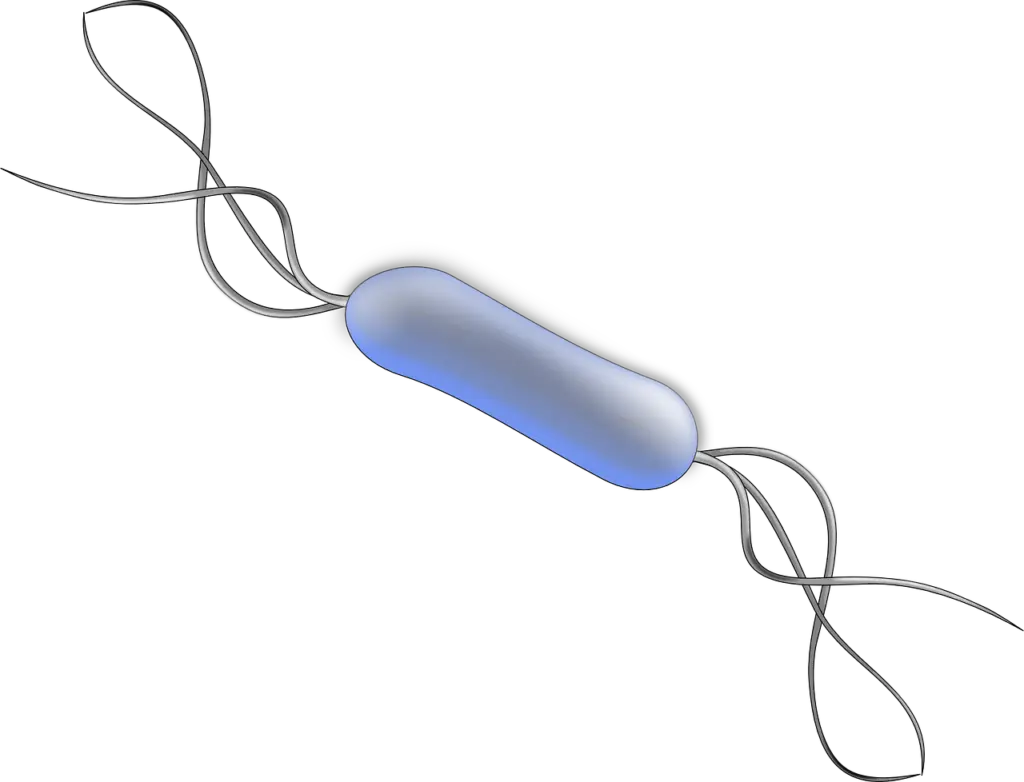
These are rod-shaped bacteria occurring as a long chain of single rod lined together.
These are actually gram-positive, aerobic type or under some conditions anaerobic bacteria widely found in soil and water.
All kinds of cylindrical or rod-like bacteria are generally termed and considered as bacillus bacteria.
For example:
- Mycobacterium tuberculosis, this is a pathogenic bacteria known to cause serious diseases in man such as tuberculosis.
- Cornybacterium dithera, known to cause diphtheria.
- Salmonella typhi, causes typhoid fever.
2. Cooci
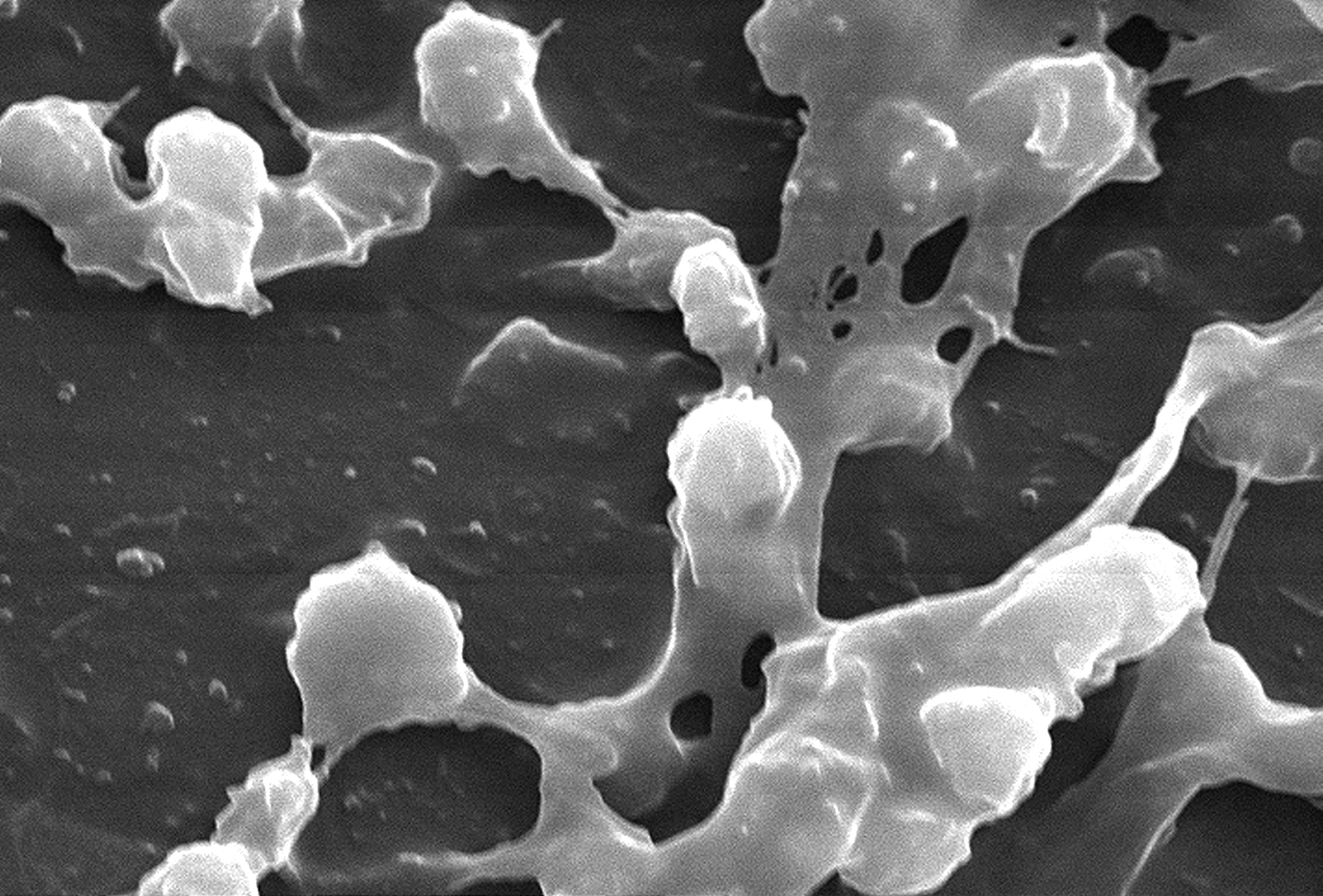
Singularly named as coccus. They are assigned with a structure that is either round or spherical shaped.
These bacteria tend to occur either singly as in the case of Micrococcus, or in a group such as the Diplococcus and Gonococcus occur together.
They may also appear in either long chain or in the shape of irregular clumps.
For example-
- The bacteria Streptococcus physens are evident to occur in a long chain
- The bacteria Staphylococcus aureus occurs in an irregularly organized clumped shape
3. Spirochaetes
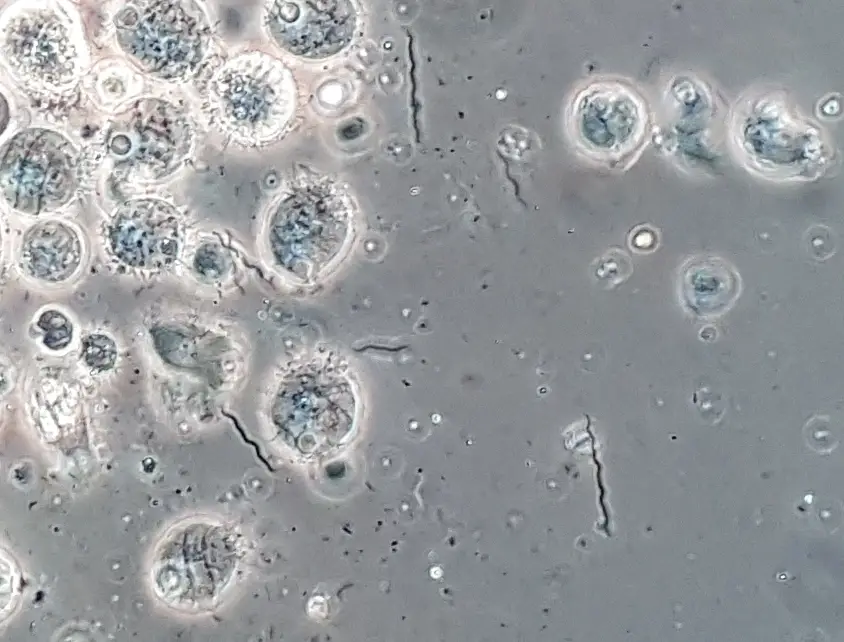
Hannah Davis / CC BY-SA
These are the screw-shaped bacteria, which occur in a highly coiled structure. They may appear like a spring or a corkscrew.
Spirochaetes are a group of spiral-shaped bacteria that also includes some of the serious pathogens for humans, causing various diseases like syphilis, fever, yaws, etc.
For example: Syphilis causing pathogenic bacteria is evident to occur in a highly coiled manner.
4. Spirilla
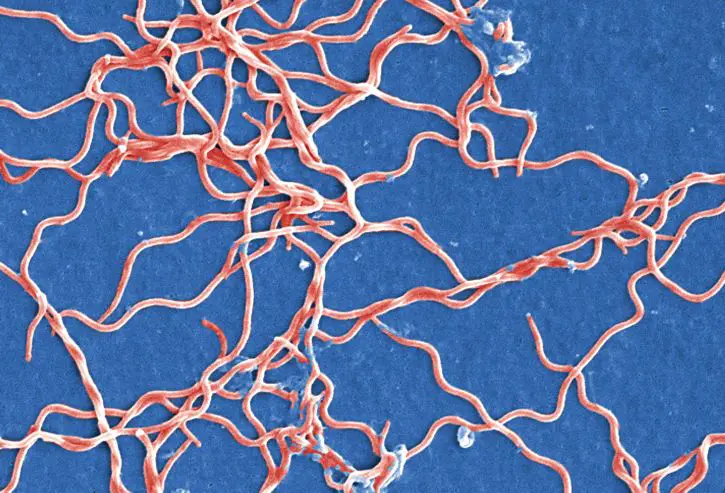
The bacteria which are more comma-shaped fall under this group. They appear in a semicircular form more or a less coiled manner.
These are Gram-negative types of bacteria with a mostly helical or spiral shape. They follow the respiratory mode of metabolism.
Unlike spirochetes, Spirilla do have a rigid cell wall and are motile due to the presence of polar flagella in their body.
Under a microscope, it looks large, elongate, spiral-shaped with rigid cells. They can be easily found and researched in stagnant freshwater bodies that are rich in organic matter.
For example: Spirillum volutans, Borrelia, etc.
On the basis of motility
1. Motile prokaryotes
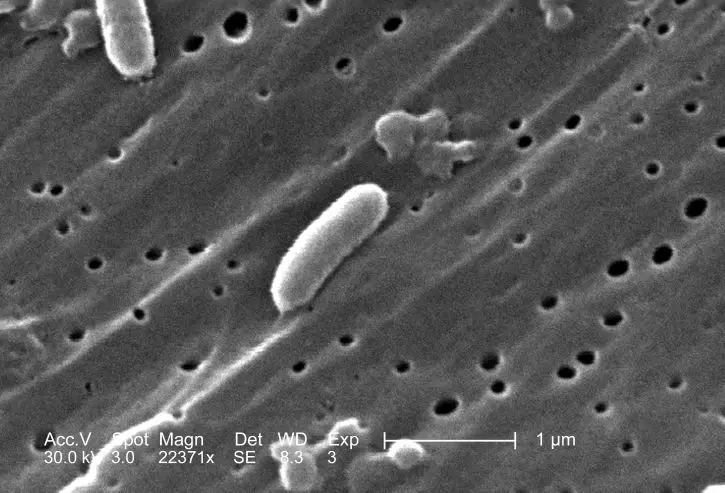
The prokaryotic cell that can move using up its own energy produced without any dependence on others, falls under this goup.
The group possesses a well-organized flagellum structural organ that helps in movement.
For example- Clostridium, Vibrio cholerae.
2. Non-motile prokaryotes
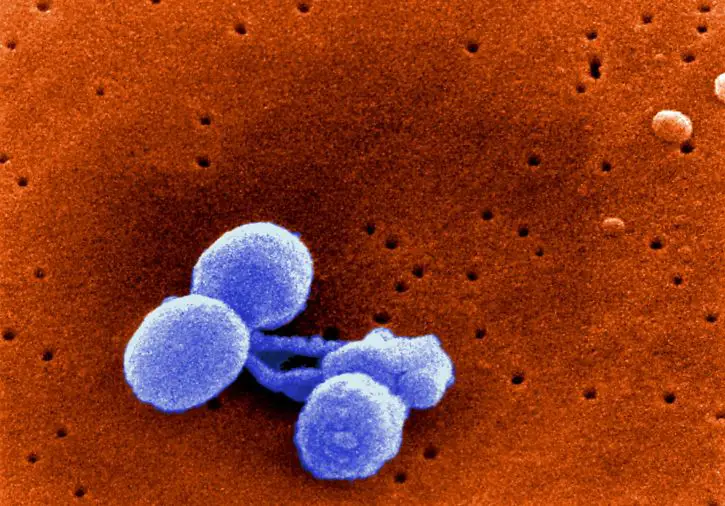
Some of the prokaryotes does not possess the structure and the ability that can allow them to move on their own within their environment.
However, they may possess the structure which allows them to attach them to the eukaryotic cell, to derive their necessities. They lack flagellum.
For example-Streptococci and Coliform
On the basis of structure
1. Filamentous Prokaryotes
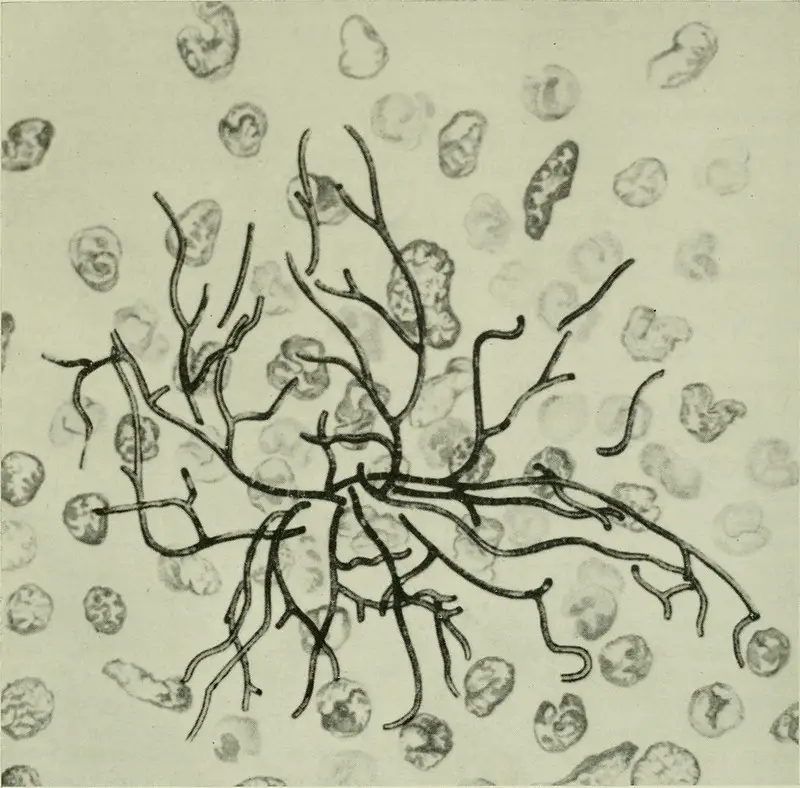
The prokaryotes appearing in the form of long hair-like strands interlocking each other to form a mesh-like structure.
These are like a long strand of bacteria growing end to end, resembling strands of hair or spaghetti, basically interlocking with each other to form a mesh.
For example- H. hydrossis, Actinomycetes
2. Non-filamentous Prokaryotes
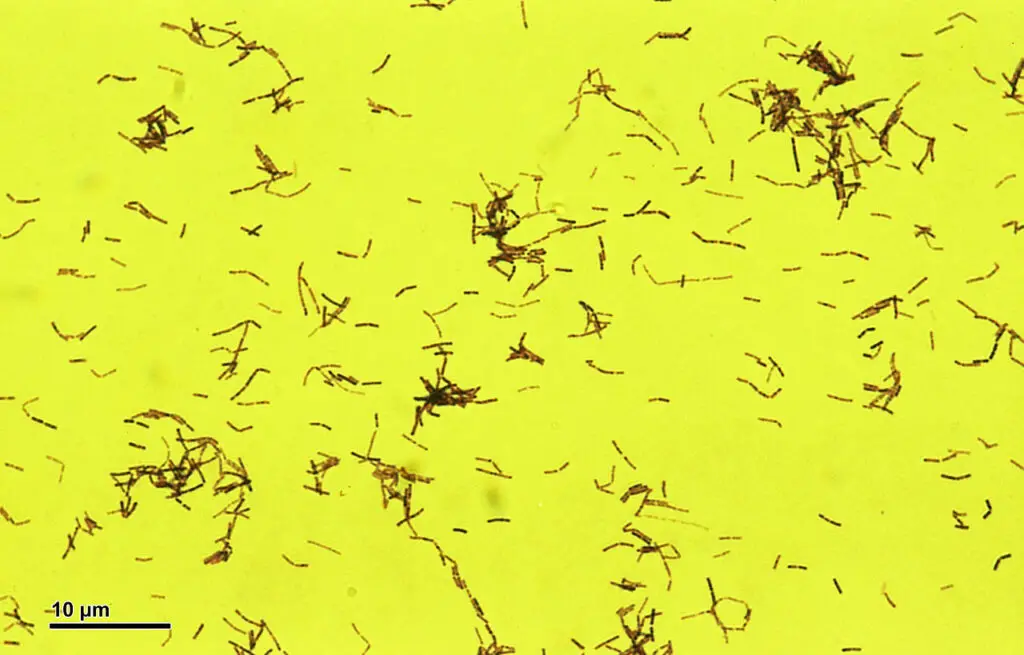
They appear in a clogged form and are never filamentous in nature.
Such type of clogged form prokaryotes can be easily seen in those kinds of water bodies that are filled with mineral food sources. They remain clogged (attached) with the suspended particles forming larger masses.
Non-filamentous Prokaryotes usually remain as individuals separated from each other but may exist as close association with each other but will never get interlocked with each other.
For example- Lactobacillus acidophilus, etc.
On the basis of their photosynthetic ability
1. Photosynthetic Prokaryotes
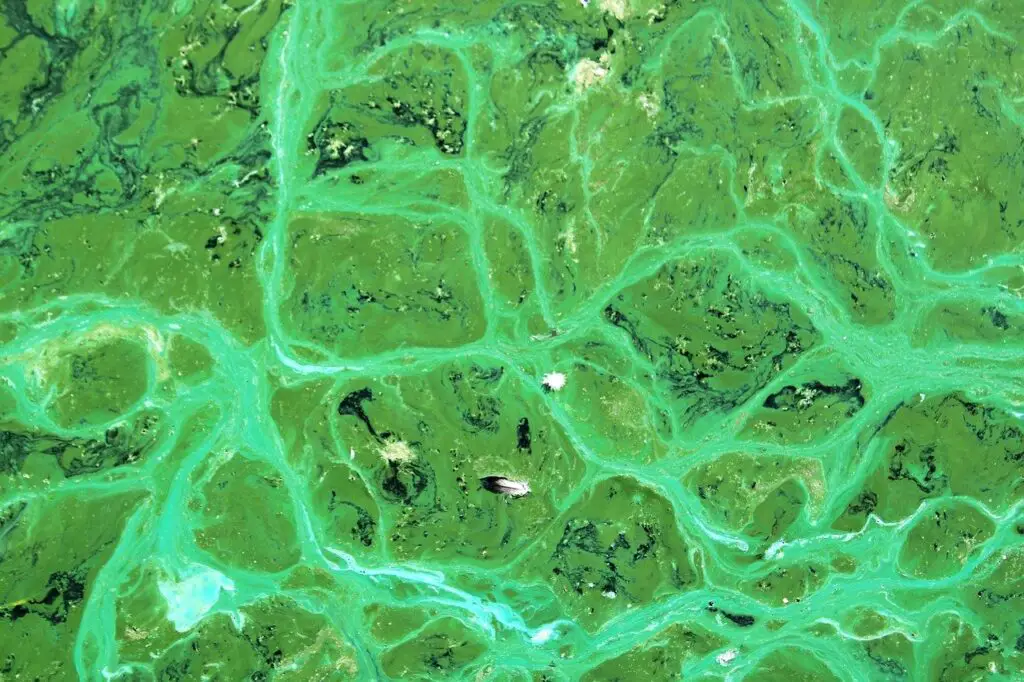
Although the prokaryotes are devoid of the membrane-bound organelles including the chloroplast, they possess certain infoldings of the plasma membrane which contains chlorophyll to aid in performing photosynthesis. These bacteria can prepare their own food.
For example- Cyanobacteria, can carry out photosynthetic reactions.
2. Non-photosynthetic Prokaryotes
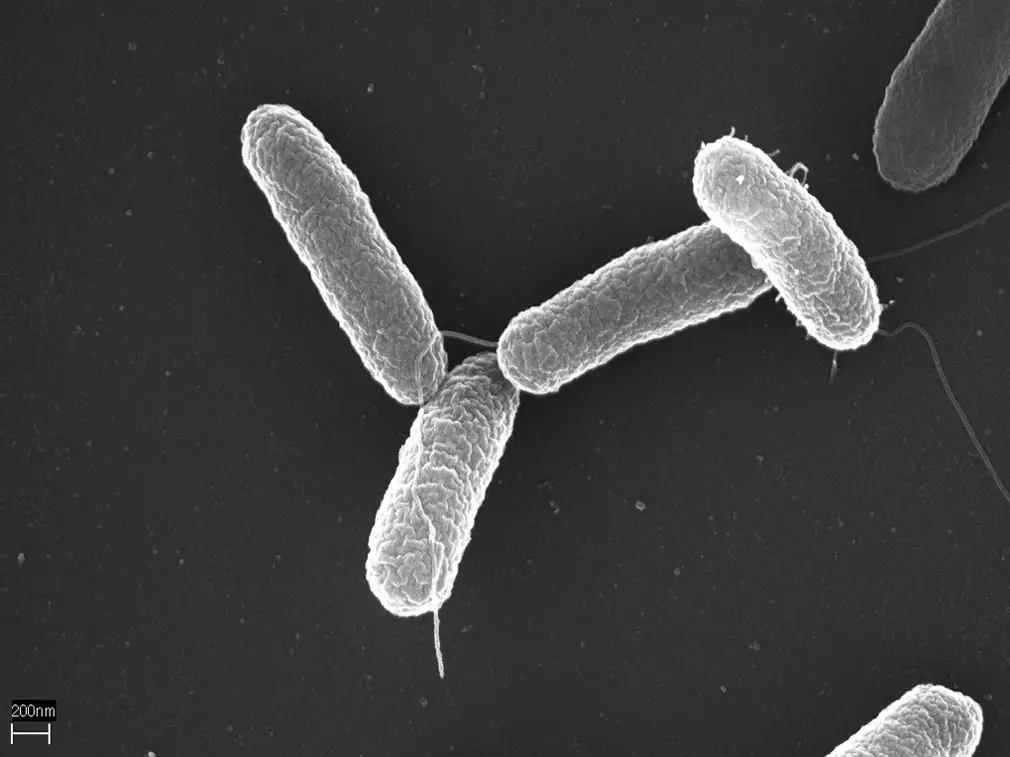
These are the prokaryotes that lack photosynthetic ability. This means that they are saprophytic in nature and feed on other organic matters to get their food.
Non-photosynthetic bacteria are bacteria that do not develop in the living organism and feed on the waste generated within it or by other organisms.
They are opposed to pathogenic bacteria that enter the body and grow within it, leading to infections.
For example- Salmonella typhi, etc
On the basis of their mutual association
1. Symbiotic Prokaryotes
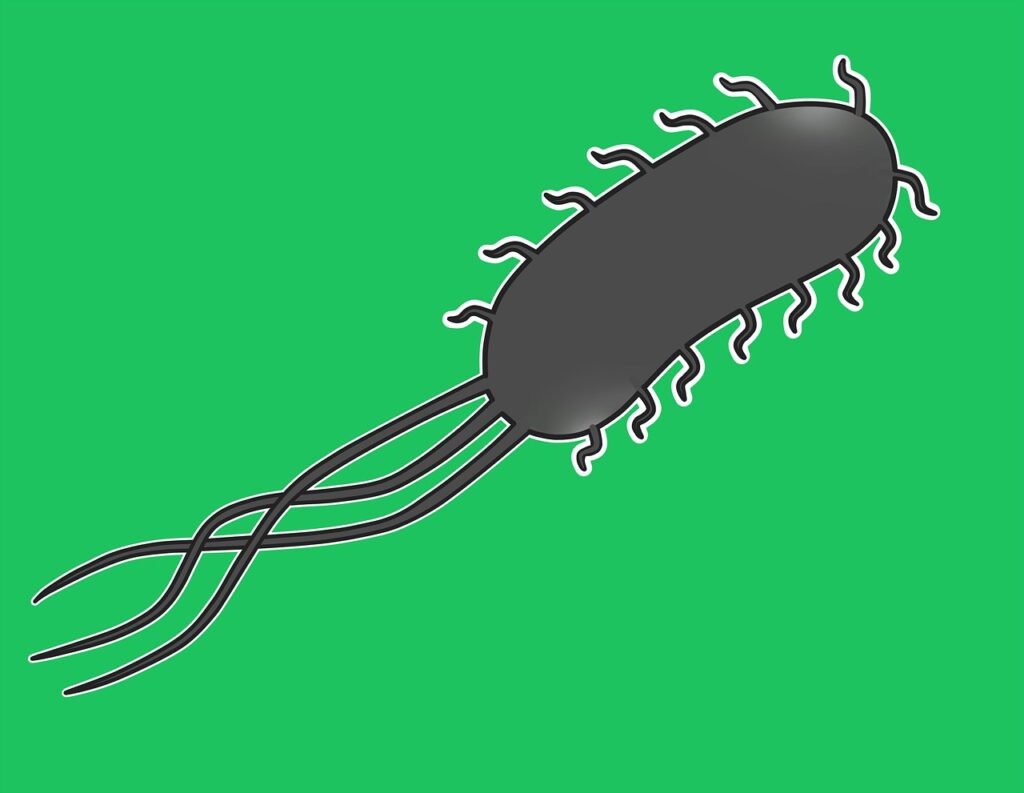
The prokaryotes which live on other organism and derive all the necessities from that organism are classified under this group.
This type of prokaryotes cannot live on their own but, they are always dependent on others.
So they form either a mutualistic, parasitic, or commensal relationship with the other organism they reside on.
For example- Some of the bacteria that reside on the gut of many animals develop a mutualistic relationship.
2. Non-symbiotic Prokaryotes

The prokaryotes that are not dependent on others for their living are termed as the non-symbiotic organisms. They possess the ability to live on their own.
For example- Cyanobacteria, Anabaena, and nostoc, etc.
